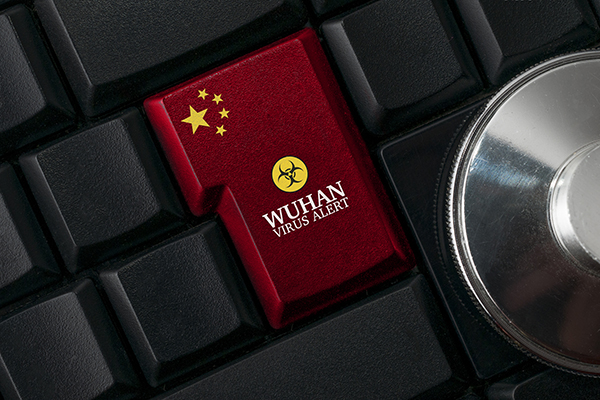Since January 23, a deadly coronavirus outbreak in Wuhan, Hubei Province – a major industrial and transport hub in central China - has triggered full or partial lockdowns in 13 Chinese cities that have severely restricted key land, air, and maritime transport routes across the country, and globally.
Resilience360 recently released a special report outlining the impacts of the coronavirus on the global supply chain, and provided SCMR with an exclusive interview on further implications.
Insights from the report include:
- Severe disruptions to inbound and outbound air cargo shipments, trucking and rail cargo services, as well as heavy port congestion for vessels along the Yangtze River near Wuhan, will likely persist as the coronavirus crisis unfolds. The regional lockdown has already severely impeded logistics operations that rely on access to highways to carry goods into and out of the region, while severe delays should also be expected on inbound and outbound air cargo shipments.
- Should the lockdowns continue beyond the Lunar New Year holidays – a major Chinese festive period from January 24 to January 30 that has been extended to February 2 – it could have a major impact on supply chain operations and industrial production throughout China across industries such automotive, pharmaceutical and medical supplies, and high-tech manufacturing.
- Several major jurisdictions - including Beijing, Zhejiang, Jiangsu, Guangdong, and Shanghai - have put further restrictions on when companies will be able to return to normal operations in a bid to quell the coronavirus outbreak. “The Wuhan coronavirus has already had a horrific impact and we are extremely sad for the lives and families it has impacted,” said Shehrina Kamal, Product Director Risk Monitoring, Resilience360. “This situation is evolving quickly and we will continue to evaluate and provide updates as events warrant.”
Kamal continued, “As a leading supply chain risk management and insights company, Resilience360 is well-positioned to develop this report having leveraged the power of its network by obtaining on-the-ground intelligence of the situation in Wuhan and assessing industry-level impacts of the outbreak. Resilience360 is able to do this through a balanced blend of machine-learning and a global team of multilingual risk experts.”
Resilience360 predicts, monitors, and mitigates disruptions both man-made and natural, including hurricanes, cyberattacks, labor strikes, protests, and a rapidly changing regulatory environment. Resilience360's platform enables near real-time monitoring of incidents by accessing millions of open-source media sites to provide an accurate assessment of potentially disruptive events that can impact the supply chain. Resilience360's risk mitigation tools provide businesses with the information they need for supply chain visualization, procurement, and trade compliance.
In an interview with SCMR, Kamal further noted that supply chain managers would be unlikely to anticipate a crisis of these proportions.
“There's no way any company could have anticipated this,” she says. “ None of the disease outbreaks we've seen in the past had such strong effects on supply chain operations and possibly the global economy.”
However, companies on the leading edge of risk management regularly review their mitigation strategies and ensure that they have dual-sourcing measures, multimodal transportation options, and business continuity measures in place, Kamal noted.
“This recent outbreak will serve as a reminder for supply chain professionals that supply chain risk management is a necessary process, and while we can't often change the course of events, we can certainly influence how our organizations react to them,” Kamal concludes.
SC
MR


Latest Supply Chain News
- How CPG brands can deliver on supplier diversity promises
- How S&OP provides the answer to in-demand products
- AI, virtual reality is bringing experiential learning into the modern age
- Humanoid robots’ place in an intralogistics smart robot strategy
- Tips for CIOs to overcome technology talent acquisition troubles
- More News
Latest Podcast

 Explore
Explore
Business Management News
- How CPG brands can deliver on supplier diversity promises
- How S&OP provides the answer to in-demand products
- AI, virtual reality is bringing experiential learning into the modern age
- Tips for CIOs to overcome technology talent acquisition troubles
- There is still work to do to achieve supply chain stability
- Blooming success: The vital role of S&OE in nurturing global supply chains
- More Business Management
Latest Business Management Resources

Subscribe

Supply Chain Management Review delivers the best industry content.

Editors’ Picks





